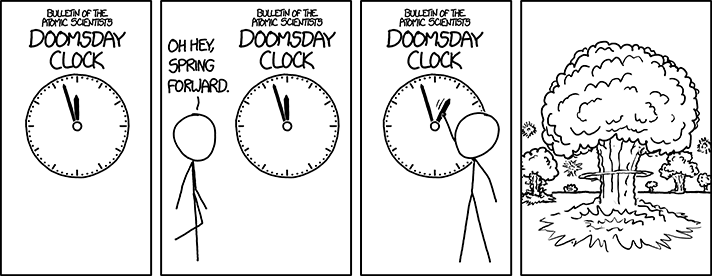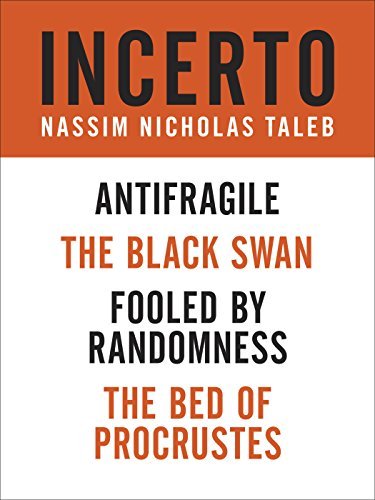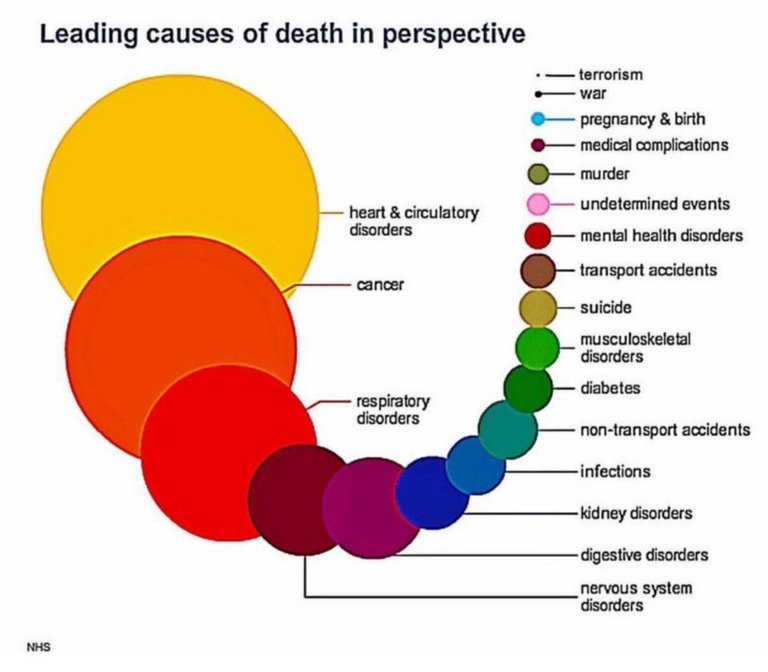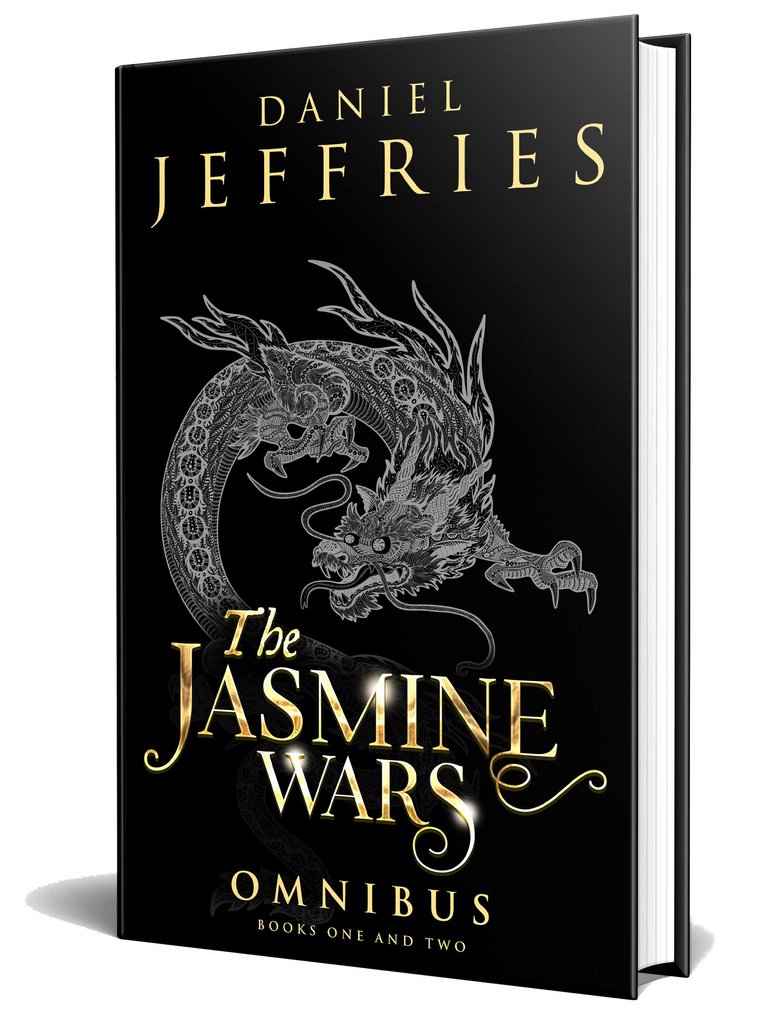
You know how the story goes: Bitcoin is wild, violent, unstable. It makes a whirlwind day on the VIX look like a slow waltz. You can’t trust it. Don’t put “real money” in it or the Boogie Man will get it.
In an infamous hit piece from 2013, poisoned-penned pop economist Paul Krugman wrote “Bitcoin is Evil” and “it’s completely unclear why Bitcoin should be a stable store of value.” Famed Futurist Ray Kurzweil said the same thing just last week: “Currencies like the dollar have provided reasonable stability. Bitcoin has not.*” *The never shy billionaire Mark Cuban called Bitcoin a big bubble poised to pop.
All of the folks I mentioned are incredibly smart and successful and yet they’ve missed one of the most obvious long term patterns in history.
Yes, Bitcoin is unstable in the short term.
But long term?
Rock solid.
Don’t believe me? Let’s take a quick stroll down memory lane.
Pizza, Pizza

Every year we celebrate Bitcoin Pizza day on May 22, to commemorate the first time someone persuaded someone to take made-up funny money for something real-world tangible. Back in 2010, Laszlo Hanycz traded 10,000 Bitcoins for two large, medium topping pizzas.
At the time the price for those 10,000 bitcoins was $41 bucks.
Now every year someone writes a variation on the story “How much are those pizzas worth now?” A few years ago those 10,000 Bitcoins were worth $7 million USD. Today they’re worth about $27 million. In another decade they might be worth $1 billion if famed Andreessen Horowitz VC Chris Dixon is right and Bitcoin rockets to $100,000 a coin.
$41 to $27 million.
In seven years.
That’s unstable?
Can you honestly think of any asset in the entire history of man with that kind of ROI, in that short a time span?
I can’t.
Pattern Recognition
So how is it that others see only violent swings while some see the long term pattern?
It’s simple.
A number of cognitive quirks in our brains hold us back from seeing the real world. They’re like bugs in our mental software. They’ve been there so long we think they’re features.
They ain’t features.
The Bad News Bears
The first is that we’re wired with a negativity bias. We’re ultra sensitive to bad news.

Copyright XCD: https://xkcd.com/1655/
We see threats and horror everywhere. Doomsday is always around the corner. You see it every day on the web with bombastic replies to posts. If this law passes or this person gets appointed or we don’t adopt this policy or that one it’s all over. Only a terrifying collapse and global chaos waits for us. Yet stop for a second and look outside. Are the birds still chirping? Is the sun still in the sky? Is the sky really falling?
That’s why when Bitcoin goes up 10X everyone focuses on the inevitable 30% drawdown after months of a bull run. It makes no sense but we do it anyway.
This negativity bias was useful for staying alive when we lived in tribes on the open plains but it’s not so useful for dealing with modern life.

Occasionally we’re right about the big cataclysmic event, like when a world war savages the planet, but mostly history is a smoothly average peaceful blur. Master contrarian Nicholas Taleb writes in his book Skin the Game/Incerto: “History is largely peace punctuated by wars, rather than wars punctuated by peace.”
The thing is, peace ain’t a good story.
What’s drama without conflict? You literally can’t write a novel without conflict. People have tried. It doesn’t work.
Oh and you can’t write history without conflict either. So history books are packed with page after page of doom and destruction, coups, mass slaughter, murder and intrigue. It’s the stuff of Shakespeare and High School History 101 textbooks.
The only problem is, that’s only something like 5% of history.
How many times do you see a happy story in the news, a puppy saved, someone rescued from a burning building, a fantastic act of selfless kindness and then forget it five minutes later only to focus back on the constant battle between left and right and the debt crisis and whatever else you’re worried about?
That fact is, we’re fear based creatures and it completely warps our sense of reality.
Missing the Forest for the Trees
The second cognitive bug is this:
Humans suck at long term pattern recognition.
We’re absolutely terrible at it. I mean, abysmal. We wired to see big, flashy, immediate threats.
Take a good long look at this chart from this Reddit post:

Most people think the two tiny dots on the far right, terrorism and war, kill the vast majority of people. Maybe during short periods of time, like in WWII, but for the rest of time, not even close.
Those big dots on the left, heart disease and cancer kill 1 in 4 humans.
1 in 4!
And yet, the US spent 2 trillion dollars on those two tiny dots since 9/11.
Want to know how much we spend on fighting the two biggest killers?
A measly $10 billion a year.
How is it that we spend $10 billion dollarsfighting something that picks off 25% of us and 2 trillion, a whopping $125 billion dollars a year, on something that barely touches any of us? Oh and that doesn’t even count normal military spending.
It’s because we’re not very good at assessing risk or dealing with it.
We easily spot the snake moving fast through the grass, but we completely miss the threats that slowly chip away at us throughout the course of our lives.
The Endless Movie in Our Heads
We think we see how things are but mostly we don’t. Our biases are there to keep us alive not to help us save for a rainy day.
Most of us are just walking around with a movie in our head that we perceive as reality but when you really push and prod that movie doesn’t hold up to the light. There’s a disconnect between what’s actually happening and what we think is happening. That disconnect is the source of pain and discomfort and violence and sadness in the world.
That’s how multiple people can say with a straight face that 10,000 units of an asset that went from $41 to $27 million dollars in seven years is “unstable.”
We can’t help it.
We’re just wired that way.
But it doesn’t have to work like that.
All we have to do is take a little step back and open our eyes and see reality as it actually is, not as we imagine it to be.
Thanks for reading.
Happy investing.
###########################################
NOTE: If you’re planning to send me the literal definition of the word “stable” please note that I too have dictionary.com and Google. Please check out this definition for “creative license.”
###########################################
DISCLAIMER: Be a big boy or girl and make your own decisions about where to put your hard earned money. I am not a financial adviser and this is not financial advise and if I really need to tell you this then it’s best to keep your money in your pocket anyway.
###########################################
If you love the crypto space as much as I do, come on over and join DecStack, the Virtual Co-Working Spot for CryptoCurrency and Decentralized App Projects, where you can rub elbows with multiple projects in the space. It’s totally free forever. Just come on in and socialize, work together, share code and ideas. Make your ideas better through feedback. Find new friends. Meet your new family.
############################################
If you enjoyed this article, I’d love it if you could hit the little up arrow to recommend it to others. After that please feel free email the article off to a friend! Thanks much.
###########################################

A bit about me: I’m an author, engineer and serial entrepreneur. During the last two decades, I’ve covered a broad range of tech from Linux to virtualization and containers.
You can check out my latest novel,an epic Chinese sci-fi civil war saga where China throws off the chains of communism and becomes the world’s first direct democracy, running a highly advanced, artificially intelligent decentralized app platform with no leaders.
You can get a FREE copy of my first novel, The Scorpion Game, when you join my Readers Group. Readers have called it “the first serious competition to Neuromancer” and “Detective noir meets Johnny Mnemonic.”
You can also check out the Cicada open source project based on ideas from the book that outlines how to make that tech a reality right now and you can get in on the alpha.
Lastly, you can join my private Facebook group, the Nanopunk Posthuman Assassins, where we discuss all things tech, sci-fi, fantasy and more.